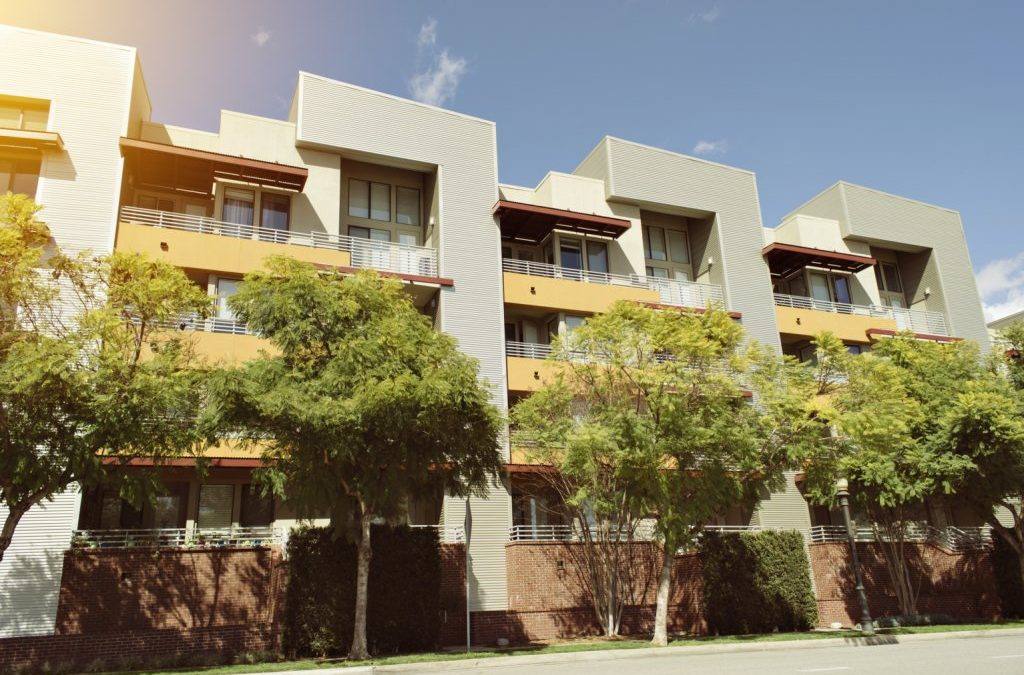When purchasing any commercial property, it is important to know the history of that property and find out if there might be environmental contamination that could impact plans for, or the occupants of the property. In order to thoroughly evaluate a property and shield a new owner from liability for existing environmental issues, it is important to conduct a Phase 1 Environmental Site Assessment (ESA).
A Phase 1 ESA is conducted by an environmental professional who is often an engineer or geologist. The American Society for Testing and Materials (ASTM) developed Standard E1527-13 as the criteria for a Phase 1 ESA. The process is commonly referred to as “All appropriate inquiries,” which is the method of assessing environmental conditions and determining the amount, if any, of liability for a purchaser/owner. This process must be completed to obtain any protections from liability.
The Phase 1 report does not include any soil testing, rather it examines the historical use of a property. It is an information gathering report that is designed to identify potential environmental contamination. It will include:
- A history of past uses of the property and surrounding lands;
- Interviews with the current owner(s) and past users of the property;
- A site visit to identify contaminants used around the site that may affect soils or groundwater;
- A historical and visual search of above ground or buried tanks used on the property;
- A database search of neighboring properties that may have adversely affected the subject property;
This information is then used to determine if there are any Recognized Environmental Conditions (RECs) on the property. If there are none, the buyer is then protected from liability under the federal CERCLA laws by having this report.
There are multiple types of REC. For example, a floor drain in a building where solvents and petroleum products are used could be a REC, as these chemicals could leach into a septic field and infiltrate the groundwater. An area of dead vegetation outside the back door where chemicals may have been disposed of improperly is a potential REC. Other common RECs include evidence of past gas or oil storage tanks, chemical storage, paint, old transformers, and landfill existence, past or present. If RECs are identified, then a Phase 2 will most likely be needed.
A Phase 2 is where the Environmental Consultant will do testing of soils, groundwater, vapor gases and other tests to determine if there are pollutants on the property that may cause future issues. If these reports come back negative, or with small amounts of contamination that meet a certain safety threshold, the buyer is then protected from liability and does not need to complete additional reports.
If there are contaminants on a property, a buyer is not obligated to clean up the site, but they must make sure they do not exacerbate the contamination. To protect themselves from liability, a consultant will write a Baseline Environmental Assessment (BEA) stating what contamination exists on the property, and a Due Care Plan detailing the steps the buyer/owner will take to ensure they do not make the situation worse.
There are many different situations that can arise, and it is important the buyer fully understands their responsibility and expenditures. For example, a developer has plans to go down into the soil for footings or a basement of a new building but removing the contaminated soils would come at a significant cost. The developer may just need to put a vapor barrier between the earth and slab and the added cost is minimal compared to the cost of the whole project. For existing buildings, a buyer may just need to show that they do not plan to continue the same use and do not use the same types of chemicals that are on the site, and then there is nothing further they need to do.
It is also important to note that new Tenants in a building may have some liability if they are using certain products (i.e. petroleum products, paints, solvents, etc.) that may have been used on the site in the past. It would be advisable for any industrial user, dry cleaner, gas station or similar type of tenant to get a Phase 1 before leasing a building. It is also important to note that a Phase 1 does not cover every type of environmental condition and if an old structure is being removed from a property the buyer should also have an asbestos and lead-based paint survey performed.
A Phase 1 will typically cost between $1,500-$2,500. Typically, the buyer pays for the cost of the Phase 1, since it is giving protection to the buyer of the property, however, the cost is fully negotiable in the sales contract. If a Phase 2 is recommended, then it is more likely for the seller share some of the cost of the Phase 2 and/or BEA & due care plan with the buyer. The cost of a Phase 2 will vary greatly depending on the scope of work that needs to be performed.
So, do you need to perform a Phase 1 when buying a property? If liability protection is important to you, yes! If you have a high-risk property such as an industrial building or land in a highly developed urban area, it would be advisable. When buying a low risk property, such as an office building, apartment complex or vacant land that has never been developed, you might consider a transaction screen ESA which is a limited report and less expensive, however, it will not provide the same federal liability protection.
In the end, it is best to consult with a trusted real estate advisor about the particular situation of your property acquisition and the circumstances of the property.




